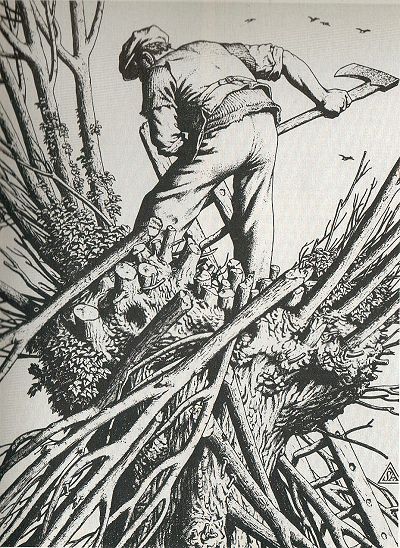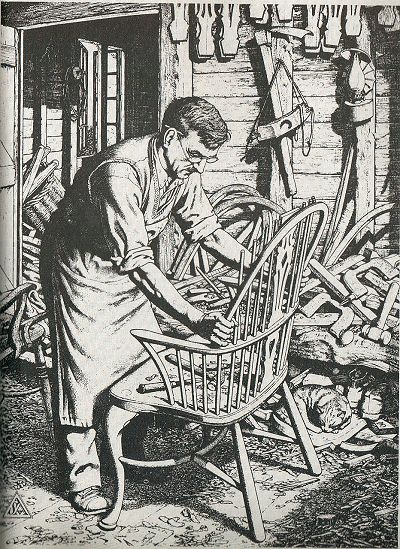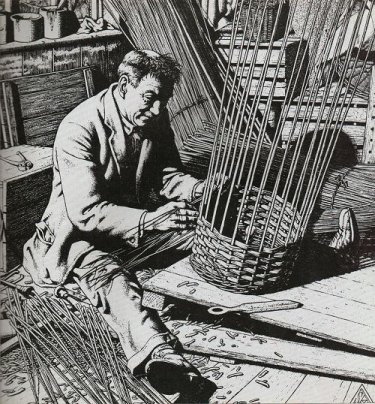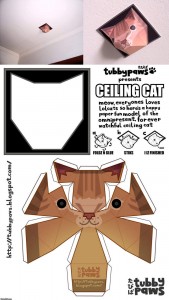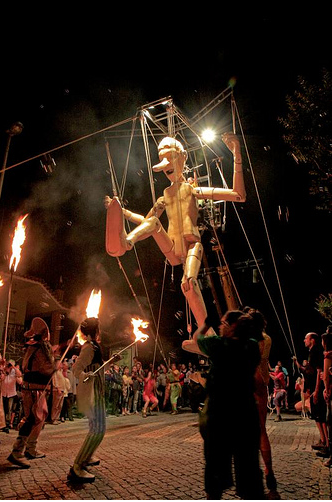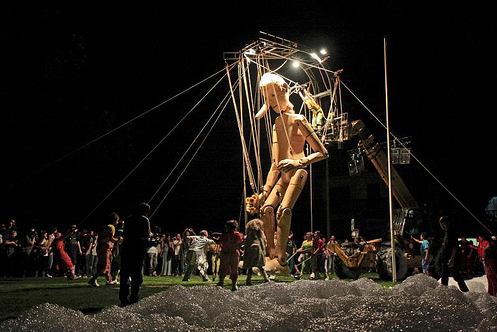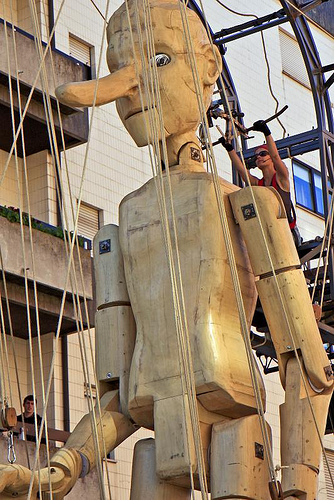At the moment I’m entranced with drawing on my iPhone, mostly playing with the Brushes and Paintbook apps. My full set of iPhone drawings is here.
With Brushes I’m presently evolving some strange creatures in a strange environment. Above you can see the Hedgehogerus surprised, the Hedgehogerus nest and fairy, the two-toed Chubbachubb, and the double-pouched Schweep.
With Paintbook I’ve been making some very simple two-tone faces of (mostly) imaginary people. Here are a few favourites:
It seems as if there is an exciting new field opening up as people experiment with what can be achieved on such a small screen using just your finger. David Hockney has already had an exhibition of his iPhone drawings, and The New Yorker recently drew attention to the phenomenon by featuring an iPhone drawing by Portuguese artist Jorge Columbo as it’s cover illustration. But you get a better feel for the range, quality and some sense of developing community among artists using iPhone apps, at Flickr, for instance in the Brushes gallery.









